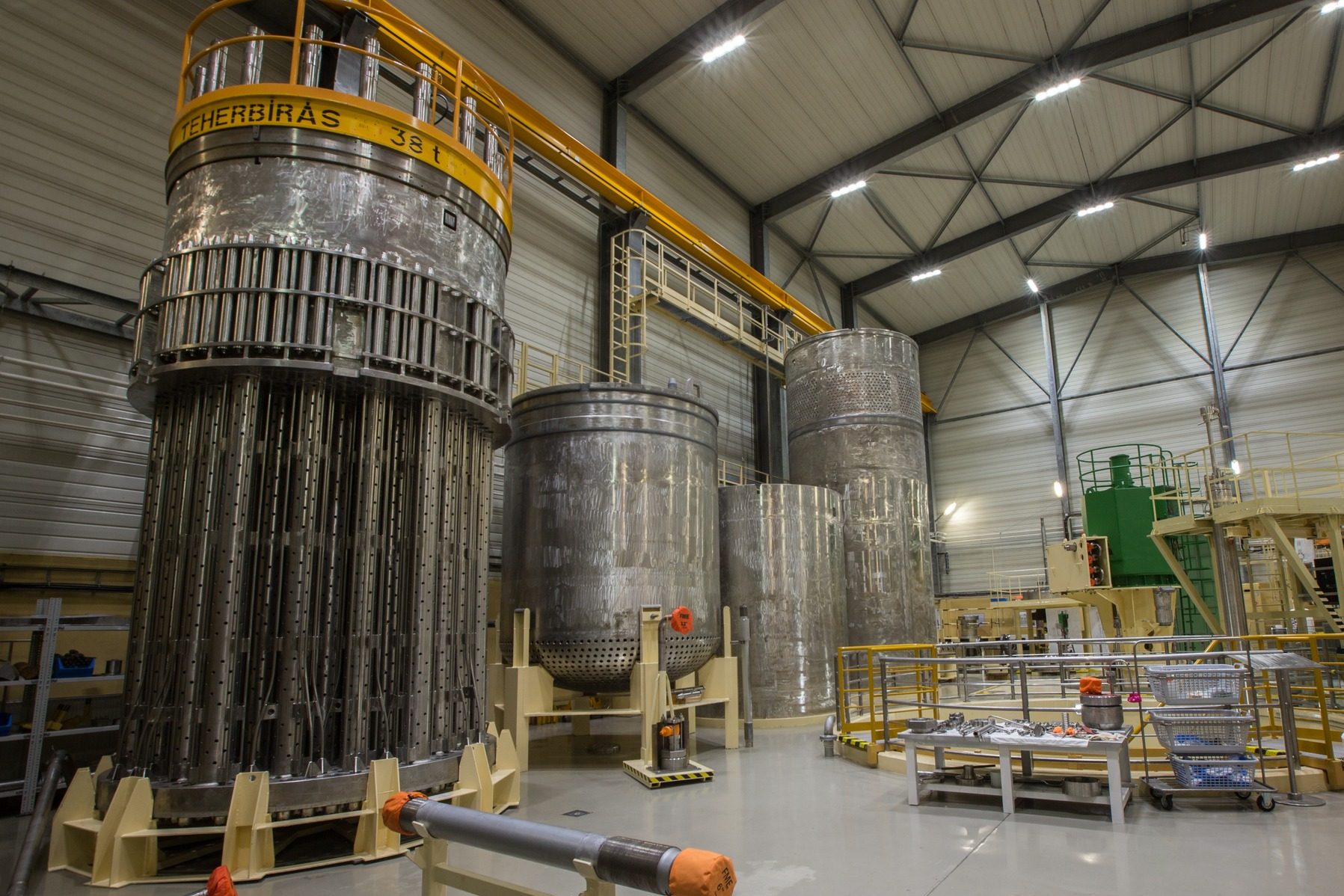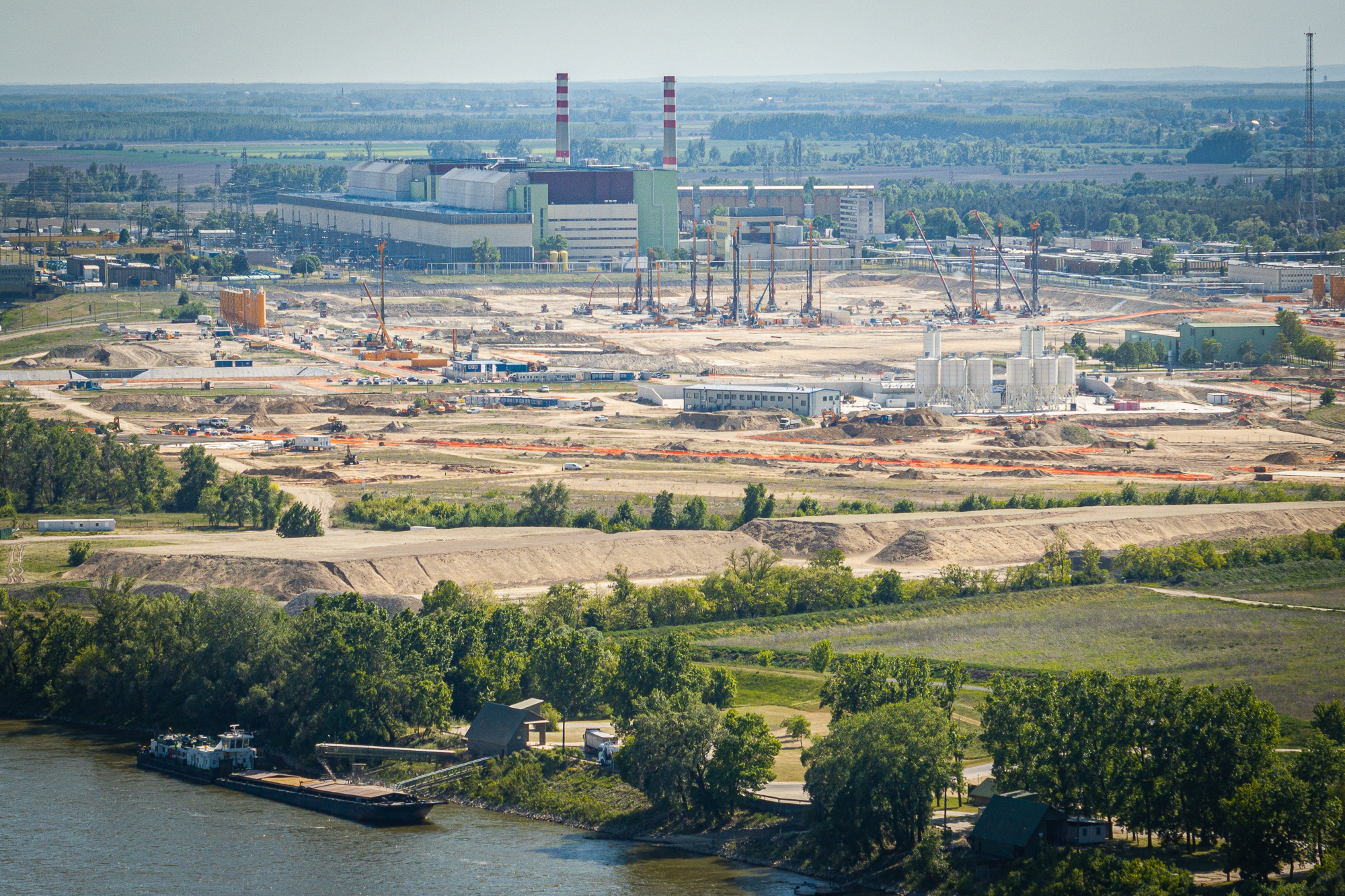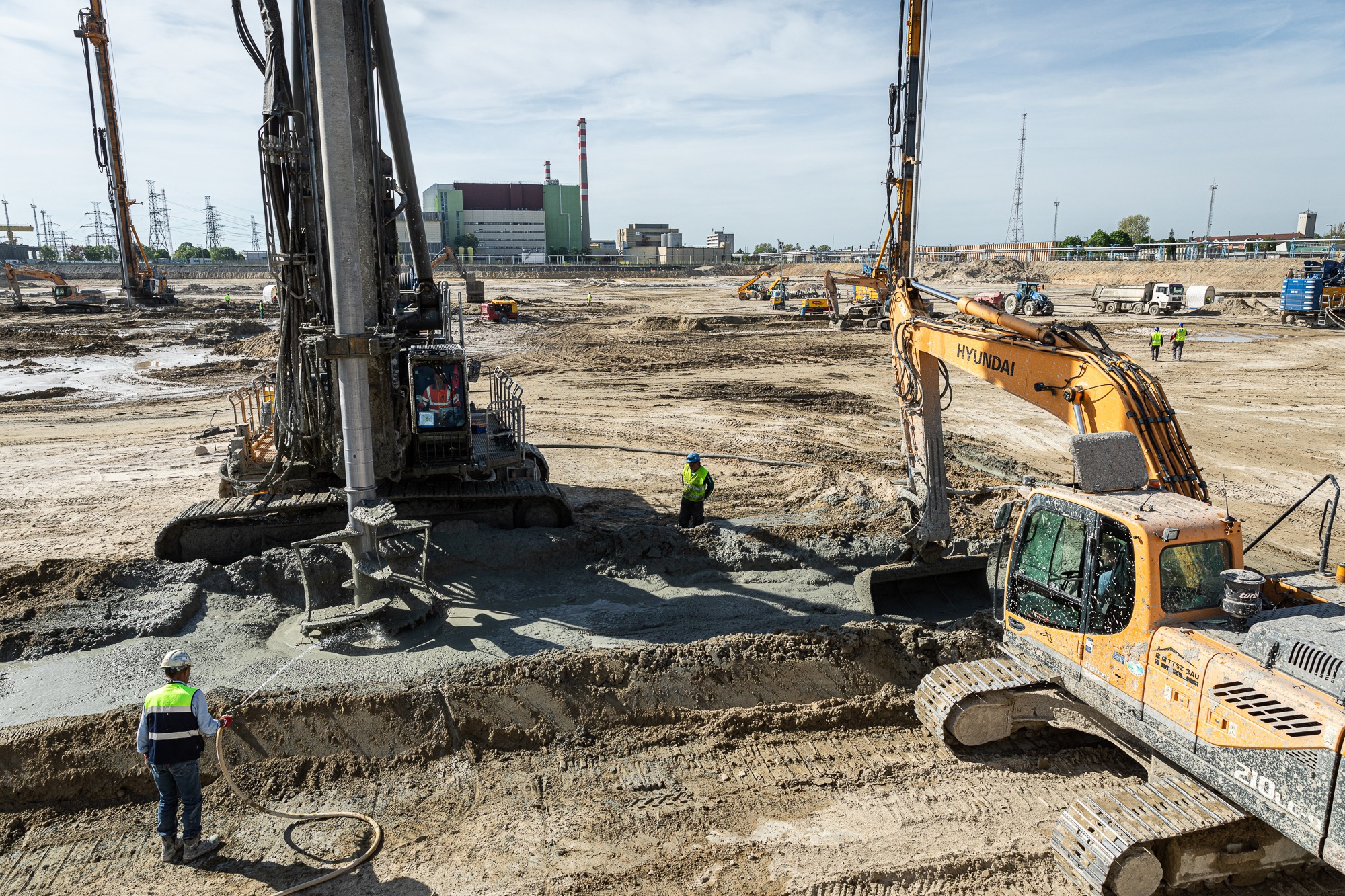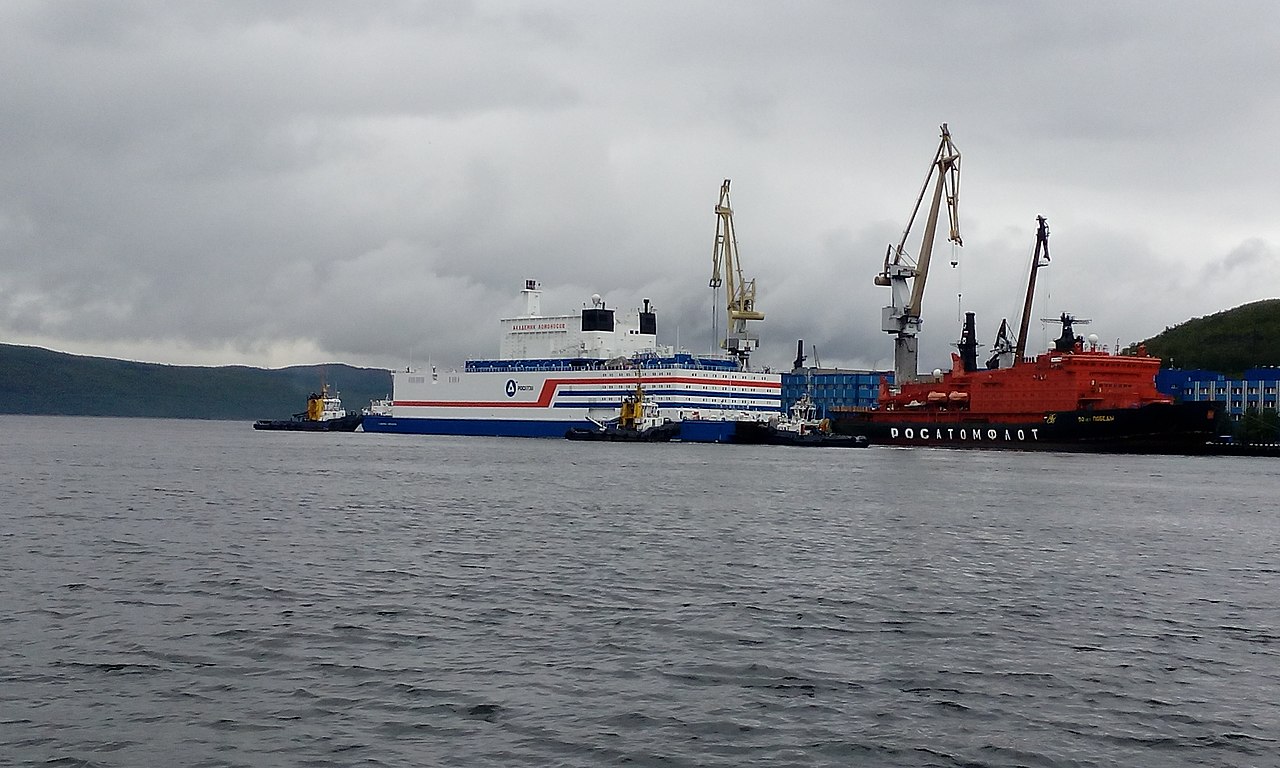
The right to define the energy mix in the European Union is a sovereign competence of the Member States.Continue reading

The question is not whether the world’s energy needs will increase, but by how much. According to an expert who spoke to Magyar Nemzet, the global increase of 25-30% is impossible to meet without nuclear power, which is why more and more countries are building or planning to build power plants.
Global electricity demand could increase by 25 to 230% by 2030 or 2050, mainly due to population growth, e-mobility, and the spread of heat pump systems, with the development of hydrogen technology also contributing, based on the World Energy Outlook 2023, published by the International Energy Agency (IEA) last October and considered the “bible” of energy professionals.
Zsolt Hárfás, nuclear energy engineer and expert on the energy needs of global green transition, said that
this is a huge increase of 6,000-38,000 TWh, which is 130-830 times the annual electricity consumption in Hungary.
Elaborating on the data, he noted that the growth in global electricity demand up to 2050, is driven by emerging markets and developing economies, which together account for around three quarters of total demand in some scenarios. China is currently the largest electricity consumer, with demand growth averaging over 2% in all scenarios, meaning that by 2050, it will use twice or much more electricity than any other country. In addition, India, the United States, and the European Union are all expected to see significant demand growth.
The figures also clearly show that more and more countries around the world are recognizing that nuclear power is the only way to generate electricity in large quantities at competitive prices, and in line with climate protection objectives.
The construction and commercial commissioning of a new high-power nuclear power plant is indeed a lengthy process. Safety is the first priority, but after that the most modern units can be in service for at least 60 years.
Furthermore, the VVER-1200 type being built as part of the Paks II nuclear power plant project (in central Hungary) can generate electricity for up to 100 years.

Construction at the Hungarian nuclear power plant. Photo via Facebook/Paks II. Atomerőmű Zrt.
Today we are increasingly talking about the potential of small modular reactors (SMRs, advanced nuclear reactors that have a power capacity of up to 300 MW per unit), which could further increase the global nuclear capacity available in the future. However, it is important to note that the vast majority of these SMRs are not yet in operation anywhere.
Of course, there is already a starting reference: the world’s first floating nuclear power plant, operated by two small modular reactors, has been in operation in Pevek, Russia, for many years. Experience so far has been positive. In addition, Rosatom is already building the first onshore SMR, which could be completed by 2028. Once the operating experience here is positive, this product will be ready for export, as Russia only intends to export what has proven to be reliable domestically.

Akademik Lomonosov, the first Russian floating nuclear power station. Photo via Wikipedia.
Zsolt Hárfás stressed that small modular technology also requires very strict and time-consuming licensing, especially as most types do not yet have any operational experience. However, when looking at unit capacities and investment costs, despite the different construction times, a nuclear power plant with a large unit capacity is cheaper than several small modular units, providing the same capacity.
Via Magyar Nemzet; Featured image via Facebook/Paks II. Atomerőmű Zrt.